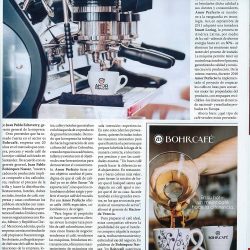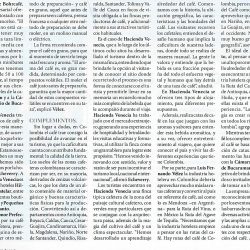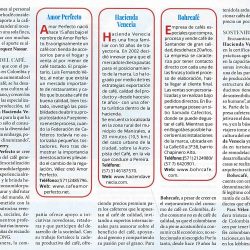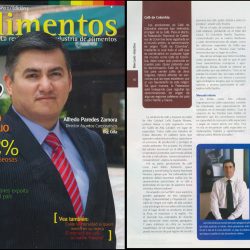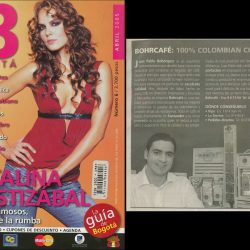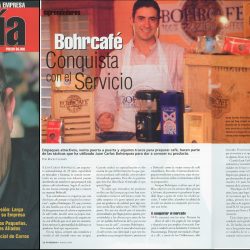Coffee bushes take three to four years to mature. After the appearance of delicate white buds with a strong aroma of jasmine, the bushes bear fruit in rows along their branches. This cherry-like fruit contains the coffee bean or seed inside. It is initially green in color, but gradually darkens to a crimson red.
Arabica beans take six to eight months to ripen. Robust beans take up to three months longer. This means that coffee can only be harvested once a year, although the variable climate of Colombia and Kenya allows for a second harvest.
The coffee harvesting season varies according to the geography of the terrain: those regions that produce coffee to the north of the Equator generally harvest their coffee plantations at the end of the year, while in the southern hemisphere coffee is harvested in the spring. Equatorial countries can harvest coffee throughout the year.
Although some mechanized harvests are carried out, harvesting coffee manually results in a better selection of beans without spoiling the bushes in the way that mechanized harvesting does. Most Arabica coffee is harvested manually.
Two methods are used to process the harvested coffee beans. The most economical is known as the “dry” method, in which the harvested beans are laid out in the sun and raked regularly to prevent fermentation. Once “dry” (they actually still contain some moisture), they are stored in silos to lose the rest of the moisture. The “wet” method of processing coffee beans preserves more of the bean’s flavor. The pulp that surrounds the bean is removed as soon as the coffee is harvested and the rest of the pulp is eliminated with water. While the beans are floating in the water, it is also possible to separate the small beans from the larger, ripe beans.
After each of these processes, the beans are dried in parchment wrappers. In this way they are stored, as parchment coffee, ready to be transferred for cleaning and classified, depending on their size and density, into established categories, before being sold. In the classification process all beans that are black, rotten or that present any type of imperfection are also removed. Errors in this sense could result in the loss of the entire shipment.
When a consignment of coffee is offered, the coffee is tasted in the form of liquor by the coffee growers that buy the beans. Afterwards, they will roast the coffee to the point that satisfies the taste of their local markets.



